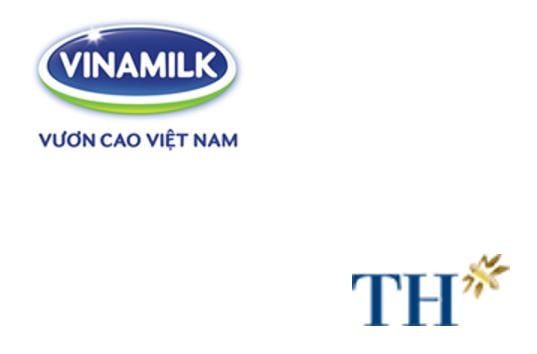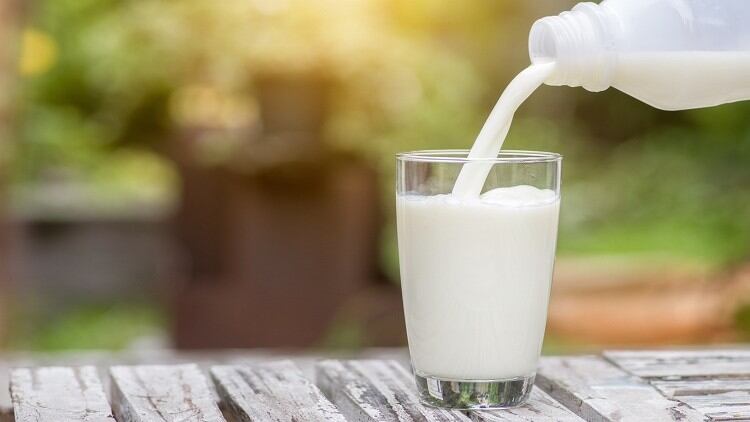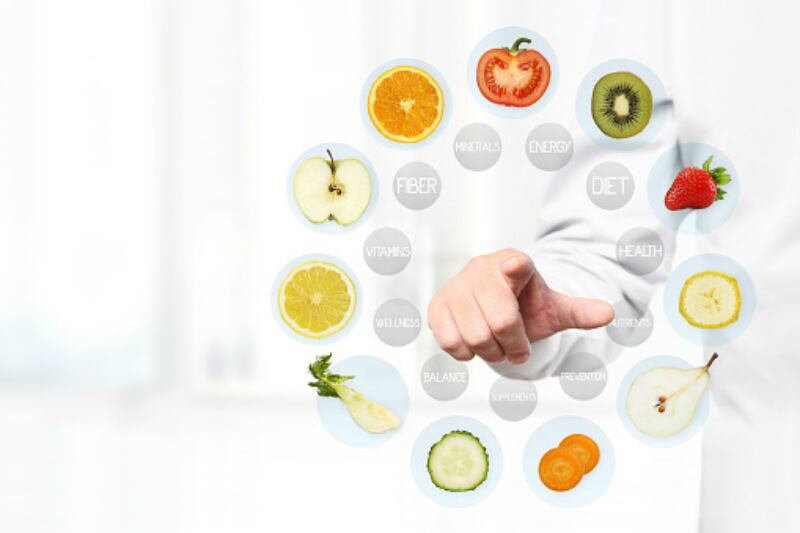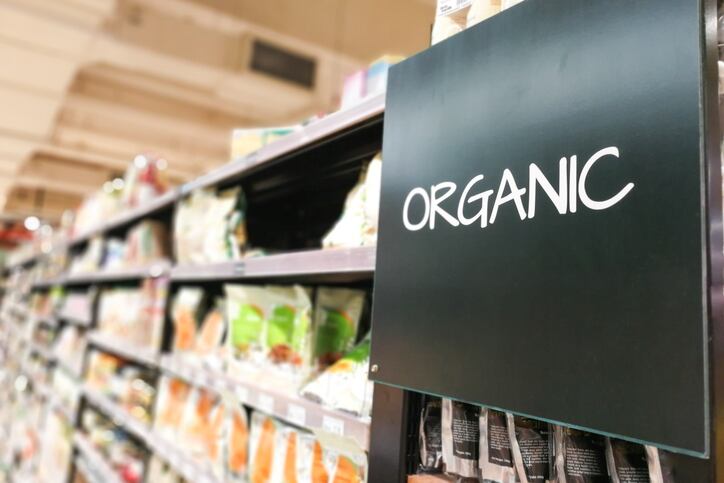According to a master plan to develop Vietnam’s domestic dairy industry, this figure will increase to 1.4 billion litres by 2025. Last year, Vietnam met 35% of the domestic demand.
The Vietnam Dairy Association has also forecast local milk consumption per capita to reach 28 litres this year. Last year, Vietnam’s milk consumption per capita was 26 litres, lower than Thailand (35 litres), Singapore (45 litres) and Europe (80-100 litres).
The fresh milk market in the country is also expected to reach US$2.4 billion in 2020, from US$1.1 billion in 2015 (17% y-o-y growth).
According to the chairman of the association, Tran Quang Trung, the growth was attributed to rising personal incomes, growing population, and the development of modern sales chains.
The EU-Vietnam Business Network (EVBN) 2016 estimated that Vietnam’s population will reach 97 million in 2020, compared to 92 million just five years ago.
Fresh milk and powdered milk will continue to make up three-quarters of the market value. However, with the younger population and growing number of middle-class people in urban areas, this has increased demand for high-value dairy products especially in organic and nut-based milk products in the country.
The country currently imports most of its dairy products from New Zealand, USA, and Singapore.
Increasing exports
Vietnam’s Minister for Agriculture and Rural Development, Nguyen Xuan Cuong has urged businesses and dairy farmers to increase investment and increase dairy herds to create more domestic fresh milk sources.
One example is Vinamilk, Vietnam’s largest dairy company, accounting for over half of the dairy market which exports its dairy products to 50 countries. In Q3 2019, it posted net revenues of VND14.29 trillion (US$618.79 million), which increased 4% y-o-y.
The firm is building a facility in Laos to produce organic milk, which is expected to be completed by 2020.
It recently acquired a 75% stake in GNTFoods, which owns local dairy producer, Moc Chau Milk, which in turns account for 9% of the market size.
In addition, the firm also owns a 100% stake of Angkor dairy factory in Cambodia, 22.8% stake of Miraka dairy factory in New Zealand and has some subsidiaries in Poland, as reported by Saigon Giai Phong Online.
In October 2019, fresh milk producer, TH Group exported two fresh milk products, pure sterilised fresh milk and pasteurised fresh milk with natural flavouring to China, becoming the first Vietnamese enterprise to do so. Vinamilk is also looking to export to China soon.
This means China will allow Vietnamese milk products processed from heat-treated milk, including pasteurised milk, sterilised milk, prepared milk, fermented milk, cheese and processed cheese, cream among others under this agreement.
Exports are expected to rise, as the firm said opening the 1.4 billion population Chinese market will create great opportunities for Vietnam’s dairy production and processing industry.
TH Group also recently invested in a US$2.7 billion project to raise cows and process milk in Russia.




